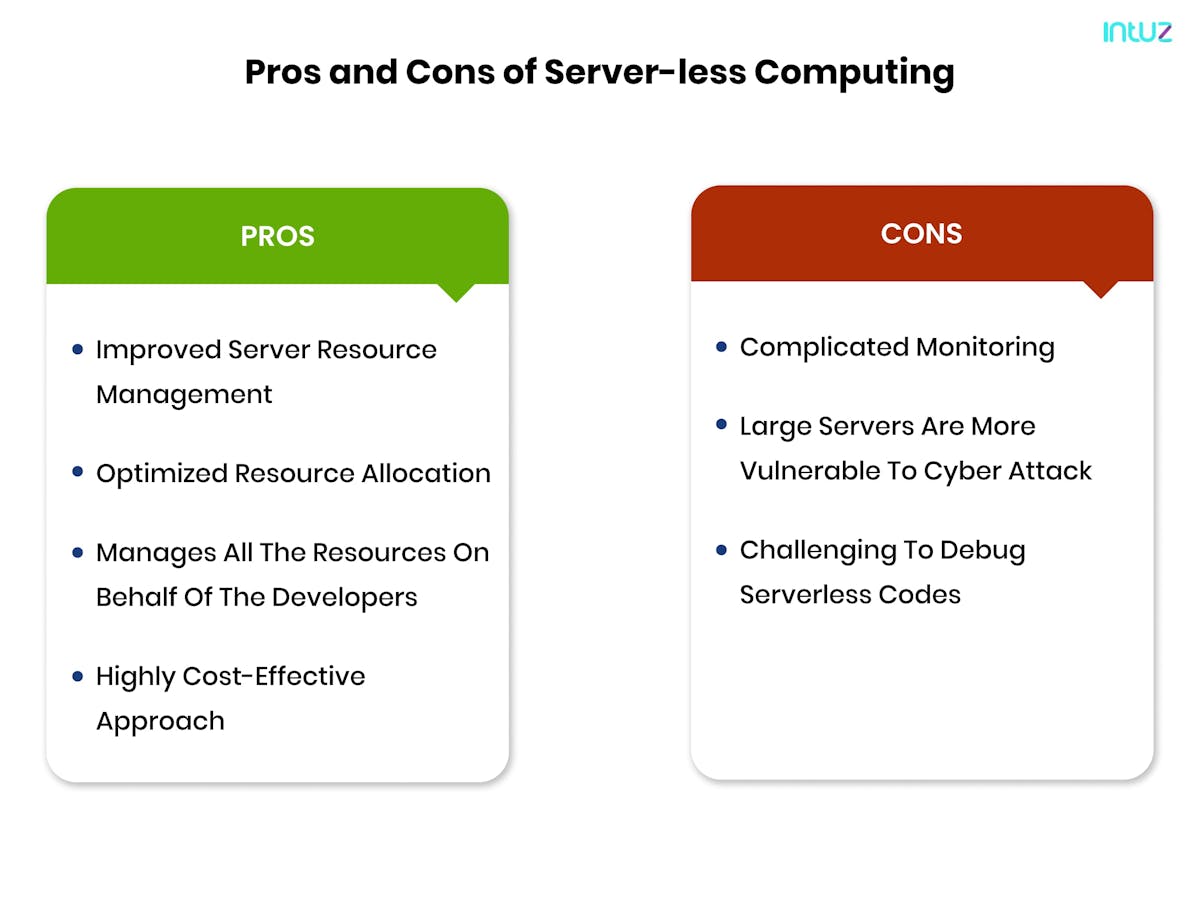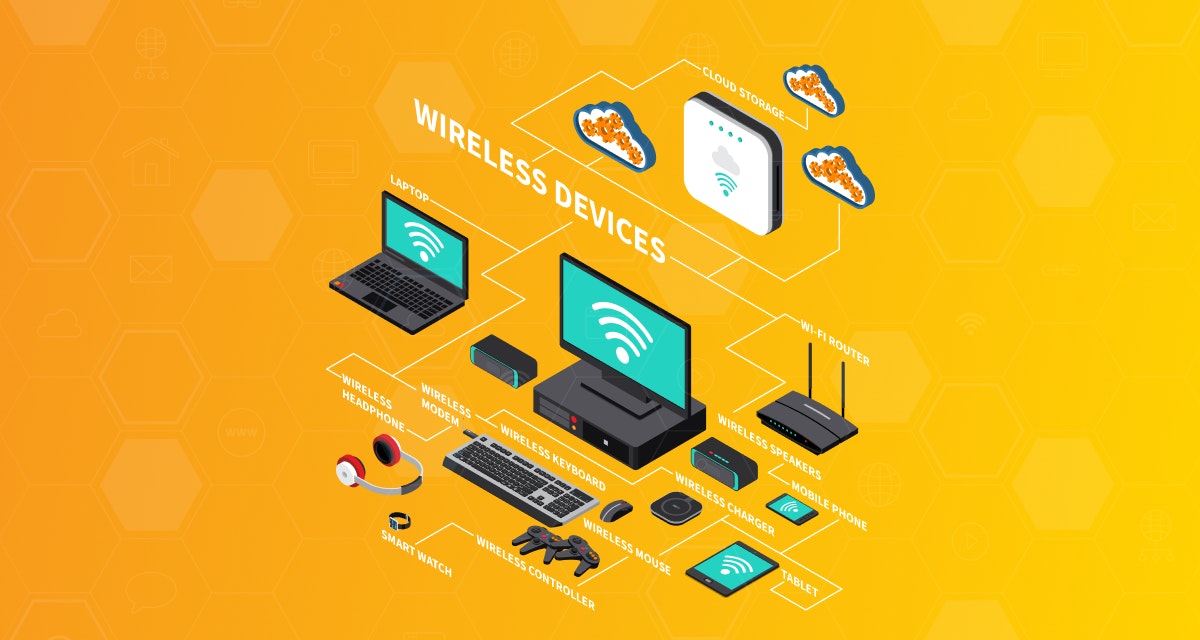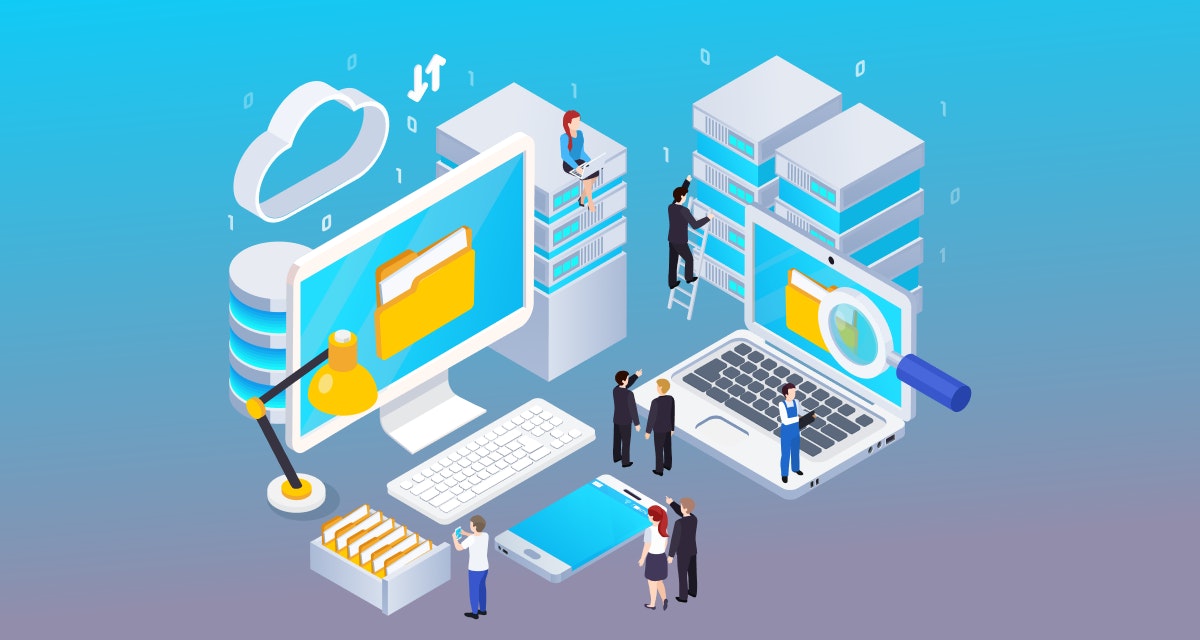Since the last couple of years, cloud industry has gone through a drastic change with the evolution of serverless computing. In 2006, the basic concept was introduced by Zimki by launching the first “pay as you go” code execution platform. However, the credit of its dynamic commercialization goes to Amazon Web Services (AWS), as the company has unveiled ‘AWS Lambda’, a serverless computing technology, in 2014.
AWS comes first when we talk about cloud services. It almost dominates the market due to its reliable and effective Cloud service offerings. But it’s not the case in serverless computing. Other tech giants such as Microsoft, Google, IBM, etc. have already started exploring this newly evolved cloud technology. In comparing to others, Microsoft holds the second position for serverless cloud infrastructure after AWS by introducing a quite similar type of services as AWS Lambda.
Certainly, this race will be at its peak in the very near future, as all the leading cloud service providers are rushing to offer serverless computing. Wondering why it is so? What is serverless computing? What are the advantages and disadvantages of the technology? In this article, we have tried to cover all the essential aspects of serverless computing. Here’s everything you need to know.
What Is Serverless Computing?
It is the next generation cloud computing technology that is also popular as Function-as-a-Service (FaaS). The word ‘serverless’ doesn’t stand for No Servers. Serverless computing is an event driven application design and deployment paradigm where all the computing resources are provided as scalable cloud services.
In traditional cloud computing, it is compulsory for the organizations to pay a fix and recurring amount to run their website and application either they use all instances or not. Opt for serverless computing and pay only for the services or instances you have used. No charges for downtime and idle time.
Cloud Computing Applications are event triggered and run in stateless compute containers under serverless computing. Once the application functions are ready, developers have to rely on infrastructure to allocate resources and execute functions. With the increasing load of the functions, the infrastructure will recreate copies of function and scale to meet demand.
Serverless computing is an extension of micro-services. The serverless architecture is divided into specific core components. Micro-services group the similar functionalities into one service while serverless computing defines functionalities into finer grained components. Developers create a custom code and execute it as autonomous and isolated functions that run in stateless compute services.
Best Servers in Serverless
AWS Lambda
The most preferred and functionally sound serverless cloud platform that permits companies to run their applications without managing or provisioning the server. Enjoy the cost effectiveness by paying for what you use. No cost will occur when your code is not running. Lambda allows to run the code for virtually any type of backend service or application with zero administration. Organizations can also scale the Lambda resources as per their specific requirements.
All you need to do is upload the code; the rest will be taken care by Lambda. It holds the capability to scale and run the code with high availability. Using Lambda, organizations can build advanced data processing (real-time file processing, real-time stream processing, data validation, filter, and sorting) and backends (IoT Backends, Mobile Backends, web applications).
Adoption of AWS Lambda enables developers can focus on application logic rather than worrying about how many instances of what kind of services to spin up. They can leave all architectural details on the cloud service providers and easily reacts to external events.
Azure Functions
It’s quite similar type of service as AWS. The Azure Functions service allows developers to run an event based serverless compute to improve the development. Under the Azure Functions service, the organizations can have timer based processing, SaaS event processing, serverless web application architecture, Azure service event processing, real-time stream processing, serverless mobile backends, and real-time bot messaging.
The Azure Functions service helps developers to handle various tasks that respond to an event. It is well suited to the Internet of Things, so that the older systems can easily connect to the cloud without having hardware replacement.
It allows developers to scale out instances to meet the changing needs of organizations. Here, organizations need to pay for only the time period when functions run. Azure Service Fabric is another service that automatically scales different micro-services running in the cloud. Microsoft itself uses this service for its internal applications.
Pros & Cons

Upsides
Cloud service providers always look for a better management of server resources. Serverless computing seamlessly addresses this need by allowing developers to perform the dynamic and changing work without worrying about on which server they need to perform the task. Serverless computing manages all the resources on behalf of the developers.
The technology is not priceless for the long term. Cloud service providers manage the resources as per organization’s needs. Serverless computing enables cloud providers not to allocate resources that organizations don’t need. It will be a highly cost-effective approach for companies and cloud service providers if they perform their job correctly.
Downsides
Serverless computing is a brilliant concept to scale the cloud resources as per requirements. However, the technology contains few performance issues. No doubt, it gives greater flexibility to the organizations in how the compute resources respond to the changing needs of the application. Well, if you are seeking for an extremely good performance of your application, then it is preferable to go for the virtual server instead of choosing a serverless approach.
As it is one of the emerging technologies, debugging and monitoring of serverless computing is quite complicated. Both of these activities are quite difficult to perform on an application, as it is not using a single server resource.
Wrapping Up
Adopt the serverless computing to run your business to get advantages of advanced scalability, flexibility, and affordability. Amazon Web services and Microsoft Azure have already started offering these services. We can expect other cloud market leaders like Google also facilitate organization with the similar services in very near future.
Intuz is an AWS certified cloud service provider that help organizations in accelerating their business automation and simplification by applying latest AWS services. We have a team of AWS-trained professionals who hold in-depth knowledge about the AWS Lambda, the serverless cloud. Want to implement serverless computing of AWS (Lambda)? Don’t feel hesitant to get in touch with our AWS experts.




